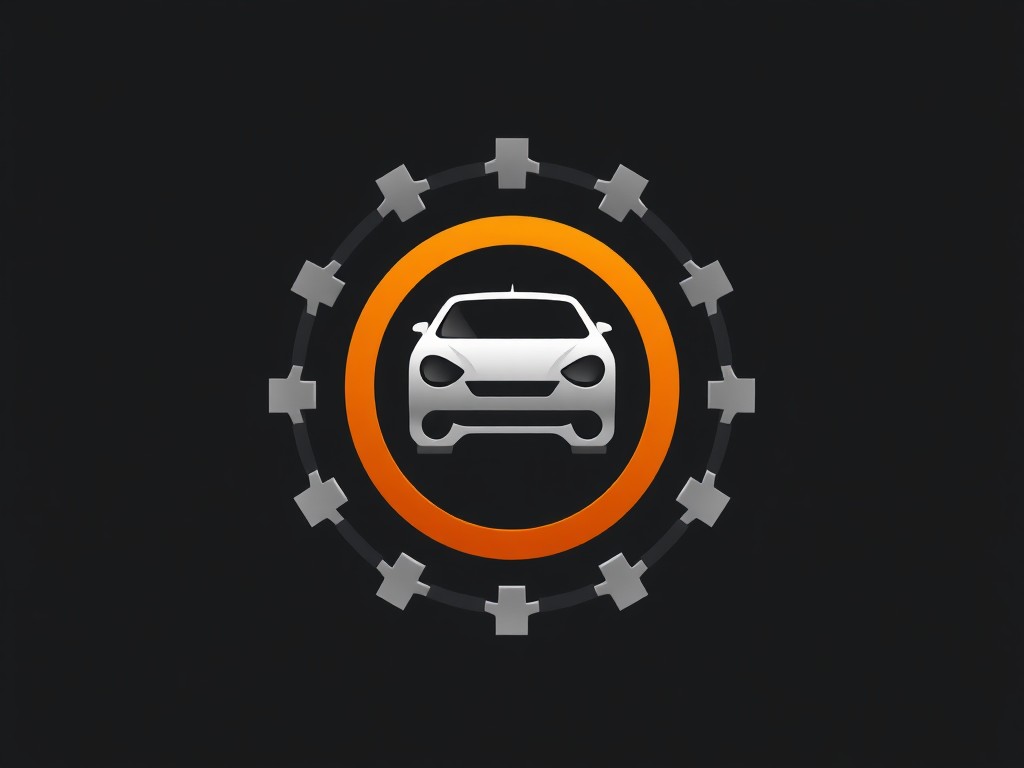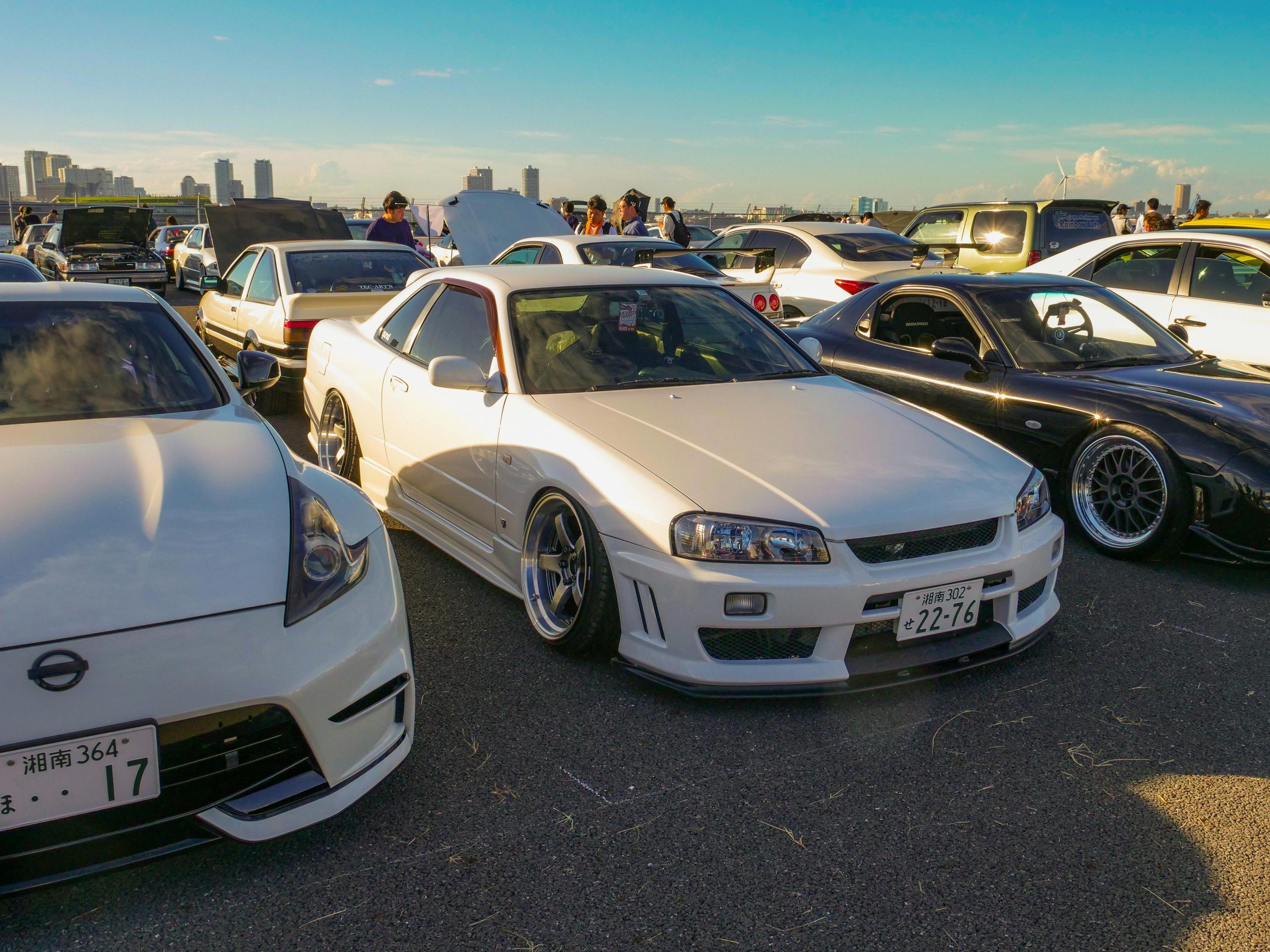Daikoku Parking Area is more than a rest stop—it’s the epicenter of Japan’s underground car culture. Drawing enthusiasts with rare JDM legends, muscle cars, and exotics, it thrives on spontaneity and inclusivity. Open Friday and Saturday nights, this neon-lit venue offers an unrivalled atmosphere where anyone with a passion for cars can connect, explore, and celebrate automotive freedom.
Essential information for visiting the Daikoku car meet: location, schedule, and attendance tips
Stepping into Japan’s automotive heartland, discover Daikoku PA immerses you in a legendary meet-up that stands apart for its openness and spontaneity. Known as the premier gathering spot for car enthusiasts in 2025, Daikoku Parking Area (PA) welcomes JDM icons, rare imports, and supercars from all over no invite required and no entry fee charged.
In parallel : What safety features should you look for when buying a new car?
Getting there: Daikoku PA access and transportation
Located along Daikoku Road on the Shuto Expressway in Yokohama’s Tsurumi-ku district, the venue is strictly accessible by car. Public transport or pedestrian routes do not lead to the parking area, as it is only reachable via expressway ramps. Most visitors drive their own vehicle (Japanese or foreign), rent a car with an International Driving Permit, or join a guided tour catering to tourists. Taxi access is possible but expensive; note that taxis may not always be able to wait onsite due to traffic controls. For first-timers, following navigation apps and being prepared for possible traffic restrictions at peak times is recommended.
Best times to visit and event flow
The meet’s energy peaks on Friday and Saturday nights, buzzing with the sound of tuned engines and eye-catching displays. Those seeking a more relaxed atmosphere often choose Sunday mornings, when gatherings are friendly and less intense. Daikoku’s events remain unscheduled and unpredictable; meets may form spontaneously at any hour and can disperse quickly, especially following police interventions called to prevent street racing or disturbances.
In parallel : How can you safely tow a trailer with your car in the UK?
Attendance tips for newcomers
- Avoid illegal actions—revving, burnouts, or street racing behaviors attract police attention and risk the meet’s closure for everyone.
- Respect vehicle owners by always requesting permission before photographing cars up close.
- Food options on-site are limited to convenience store snacks; there’s no sit-down dining.
- Prepare for live changes—a sudden influx of vehicles or temporary police closures may alter the night’s activities.
- Be mindful of traffic safety, as the area is an active highway facility.
Each visit to Daikoku PA promises a unique experience: some evenings feature classic JDM legends or high-powered supercars, while quieter sessions highlight rare imports and relaxed conversation between enthusiasts. Staying updated on social media or community forums can help refine your timing—but flexibility and respect remain the keys to enjoying Japan’s most storied car meet.
The atmosphere of Daikoku: embracing Japanese car culture
What makes Daikoku meets iconic: open access, diversity, and inclusivity
Daikoku Parking Area—frequently called Daikoku PA—has earned its status as a landmark in Japanese car culture meets due to its open access policy. There are no entry fees, tickets, or membership requirements; anyone with a passion for automobiles can participate. This results in a melting pot of vehicles at every gathering: from classic Japanese Domestic Market legends, such as the Nissan Skyline GT-R and Toyota Supra, to American muscle cars and European exotics. The area’s unique setting along the Shuto Expressway provides the space and isolation needed for true automotive gatherings, attracting people specifically interested in Tokyo night car meet culture.
Inclusivity drives the community spirit, allowing newcomers, international tourists, and long-time enthusiasts to interact freely. The randomness and spontaneity of each event mean you can see everything from heavily modified drift machines and supercars to rare imports and daily drivers. Every meet offers a sample of the diversity embedded within Tokyo automotive gatherings, establishing Daikoku as a staple in anyone’s journey to explore authentic Japanese car culture meets.
The unwritten rules: etiquette, safety advice, and police interactions
While Daikoku PA remains “open to all,” certain unspoken rules guide respectful participation. Owners and visitors are expected to maintain common courtesy by avoiding loud revving, reckless driving, or illegal street racing, as these behaviors draw negative attention and can cause early meet shutdowns. Meet etiquette and rules are centered on ensuring safety: always ask before photographing or closely inspecting another person’s car, keep movement organized within the parking area, and avoid blocking other vehicles.
Police presence is routine, especially during larger gatherings or late-night hours. Their goal is to maintain order—not to prevent enthusiasts from celebrating Japanese car culture meets, but to stop actions that jeopardize safety. If authorities ask attendees to leave, cooperation is the best solution to prevent stricter enforcement in the future.
The community spirit: online communities, social groups, and sharing the passion at the PA
The Daikoku atmosphere extends far beyond its asphalt boundaries through thriving online communities and social media car meet groups. Many enthusiasts find each other on community forums for Japanese car meets or organize Thursday and weekend gatherings via Instagram and dedicated chat groups. These digital spaces help both newcomers and veterans to synchronize on upcoming events, share photos, and discuss the latest trends in Tokyo night car meet culture.
On the ground, the camaraderie is tangible. Regular visitors form circles of friendships, exchanging knowledge on vehicle modifications, Japanese car culture meets, and the ever-evolving etiquette of Tokyo automotive gatherings. Tourists are often embraced—language barriers break down over shared appreciation for engineering and design. Through this interaction, Daikoku PA nurtures an ecosystem where every visitor, regardless of background or automotive allegiances, feels welcomed and part of something larger than a simple car park—making it a pillar in the continued evolution of meet-up communities in Japan.
Inside Daikoku: vehicles, sights, and experiences
Legendary JDM models and rare imports on display
At each Daikoku meet, visitors quickly notice the strong presence of popular car models at Daikoku, dominated by legendary JDM cars. Models such as the Nissan Skyline GT-R, Toyota Supra, and Mazda RX-7 form the heart of the showcase. These JDM cars are highly sought after for their performance and deep ties to automotive history, regularly attracting car enthusiasts from both Japan and abroad. Classic cars at Japanese meets also have a significant presence, and it’s not unusual to spot rare and unique vehicles spotted nowhere else—think European exotics, American muscle cars, and unusual imports side-by-side with domestic legends. This unpredictable lineup ensures that each meet is different, and for some, discovering a rare Daikoku meet photo spot featuring a classic or modified icon is the highlight of the night.
Photo and video tips: best viewpoints, etiquette, and what you can capture
With vibrant scenes playing out under neon lights, photography is integral to the Daikoku experience. The best timelapse spots Daikoku PA are typically found at the upper levels of the parking area or along the railings facing the entrance and central lot. Here, streams of JDM cars and international imports make for dynamic video captures and still images. When photographing popular car models at Daikoku or classic cars at Japanese meets, always request permission before taking close-up shots—this simple etiquette respects owners’ privacy and fosters the welcoming spirit Daikoku is known for. From detail shots of customizations to group scenes that capture the mood, these Daikoku meet photo spots offer plenty of creative possibilities.
Spectacle highlights: drift sessions, supercar rides, and Fast & Furious influences
Beyond static displays, Daikoku meets occasionally thrill attendees with dynamic showcases inspired by the Tokyo drift car scene. Groups of legendary Japanese tuner cars sometimes organize informal drift sessions, echoing scenes popularized by the Fast & Furious franchise. Vehicle types at Daikoku meets can switch rapidly, with high-performance JDM legends, supercars, and classic imports all appearing in rotation. Observers may see impromptu supercar rides or witness groups aligning for photos—these moments often use the best timelapse spots Daikoku PA has to offer, where bursts of movement and crowd reactions bring extra energy. Spotting rare and unique vehicles spotted in this context allows visitors to witness firsthand the influence of street culture and cinema on the evolving Tokyo automotive nightlife.
Navigating logistics: practical travel and visitor advice
Travel and access: car rental, tours, and requirements for foreign visitors
To attend the Daikoku car meet, the most direct route is by private vehicle. Visitors cannot reach the Daikoku car meet via standard public transport options to meets, as the parking area is isolated and only accessible by motor vehicle. Traveling car enthusiasts should prioritize car rentals for Daikoku visits; foreign travelers must secure an International Driving Permit (IDP) alongside their regular license. Renowned for its exclusivity, Daikoku car meet accessibility for tourists can be enhanced through guided tours designed specifically for automotive tourists, accommodating those without Japanese driving credentials. These tours often provide group transportation and expert guidance, giving visitors insight into Japanese car culture.
Navigating to Daikoku also requires familiarity with the expressway system. There are no pedestrian routes, bus lines, or nearby train stops. When planning, use a dedicated travel guide for automotive tourists, which details expressway entry and exit points for the Daikoku car park. This approach is vital for those unfamiliar with Japanese highways. The absence of entry fees reinforces the parking area’s welcoming ethos; however, visitors must check for temporary closures due to police management or special events.
On-site amenities: convenience store offerings, food, drinks, and rest facilities
Once at the Daikoku car meet, amenities are straightforward but sufficient for short visits. The principal offerings come from the on-site Lawson convenience store, providing essential food and drinks around the clock. Hot and cold beverages, snacks, and fast meals accommodate overnight visitors or families. While there are no full-service restaurants, vending machines supplement food options, enhancing the meet experience for automotive tourists. Restrooms are accessible and maintained, supporting long evenings at the Daikoku car park.
There are no formal rest facilities for extended stays, so automotive tourists interested in the Daikoku meet best prepare for few frills. The convenience store enjoys a reputation as a social hotspot, where drivers gather and exchange stories in between admiring vehicles. Regardless of how you arrive—via car rentals for Daikoku or with local acquaintances—understanding the minimalistic setup is important for effective planning.
Safety, parking, and visitor dos and don’ts
Safety at the Daikoku car meet is generally well regarded, but certain considerations apply. Police regularly monitor Daikoku PA, and while respectful enthusiasts rarely face problems, any rowdy activity could trigger dispersal or temporary closures. Adhere to all posted parking logistics at Daikoku PA: park only in designated spaces, avoid blocking access routes, and strictly follow staff instructions if present. Overcrowding on weekends or holidays may result in temporary suspension of access, highlighting the need for updated travel guide for automotive tourists.
Visitors should not engage in unsafe driving or illegal racing, given heightened surveillance. The expressway layout means moving vehicles are always nearby, so children require close supervision. Photography is permitted, but always seek permission before shooting close-up images of cars or people. As Daikoku meet accessibility for tourists grows, so does the need for courtesy and adherence to local etiquette—silencing revving engines late at night and cleaning up after yourself are expected.
Public transport options to meets remain unavailable. Thus, a focus on car rentals for Daikoku or organized tours is necessary. The area’s layout, strict parking logistics at Daikoku PA, and community-focused atmosphere reward automotive tourists who plan ahead and demonstrate respect for both the space and its culture.
The evolution and cultural significance of Daikoku meets
How Daikoku PA became a global automotive landmark
Daikoku meet history and evolution reveals that the Daikoku Parking Area’s transformation began in the mid-1990s, when its vast, isolated structure made it an attractive destination for car enthusiasts seeking a discreet environment for gatherings. Initially, the location allowed for spontaneous meets, drawing in those interested in both performance and aesthetics. Vehicle variety was key—even early on, Daikoku car meets displayed a mix of iconic Japanese Domestic Market sports cars and rare international models.
As Tokyo automotive nightlife gained prominence around Daikoku PA, the parking area emerged as a spontaneous yet organized flashpoint for Japanese car culture meets. The absence of entry fees and official invitations reinforced the inclusivity that remains central to Daikoku PA’s identity. Over the past three decades, the evolution from a rest stop to a cornerstone of automotive gatherings has solidified Daikoku’s reputation among motor enthusiast community events worldwide. The constant presence of local car clubs and ongoing annual car meet schedules further entrenched its status as a true Tokyo car meet visitor hotspot.
The impact on Japanese and international car communities
The cultural significance of Japanese car meets at Daikoku reaches well beyond regional boundaries. For many, the meets symbolize community, innovation, and the open sharing of automotive passion. Daikoku PA’s influence made it a blueprint for urban car gatherings, spreading the traditions of modifying cars, showcasing custom builds, and respecting meet etiquette and rules.
Visiting car enthusiasts from both Japan and abroad highlight the unique openness of Daikoku car meets: no club membership is needed, and the focus is on camaraderie and mutual appreciation. This philosophy has encouraged the formation of community forums for Japanese car meets, and fueled online engagement like social media car meet groups dedicated to sharing stories, builds, and best days to visit Daikoku PA. These digital communities mirror the spirit of the parking area—spontaneous, inclusive, and diverse. Many annual car meet schedules now align with the best times suggested by regulars, particularly Friday and Saturday nights for lively scenes, and Sunday mornings for a quieter experience.
Seasonal routines, urban legends, and Daikoku’s place in car culture history
Every year, Daikoku meet history and evolution continues to be documented through the lens of both tradition and innovation. Seasonal routines have developed; certain weekends and weather conditions reliably attract larger crowds and rare vehicles. The unpredictability remains a defining characteristic, inspiring regular updates on upcoming event announcements and annual car meet schedules through both word-of-mouth and digital platforms.
Urban legends persist—from whispers of street racing origins to tales of celebrity sightings and legendary car builds. These narratives, passed down at Daikoku PA parking spaces, add to the allure for locals and automotive travelers alike. Over time, Daikoku PA memorabilia and photos have become treasured tokens among enthusiasts, preserving moments from Tokyo automotive nightlife.
In 2025, Daikoku’s legacy stands unchallenged—revered in community forums for Japanese car meets, highlighted in coverage by automotive influencers, and central to the ongoing tradition of Japanese car culture meets. Its sustained impact is clear in the evolving annual car meet schedule and continued enthusiasm for Tokyo car meet visitor experiences, cementing Daikoku’s enduring role in automotive history.











